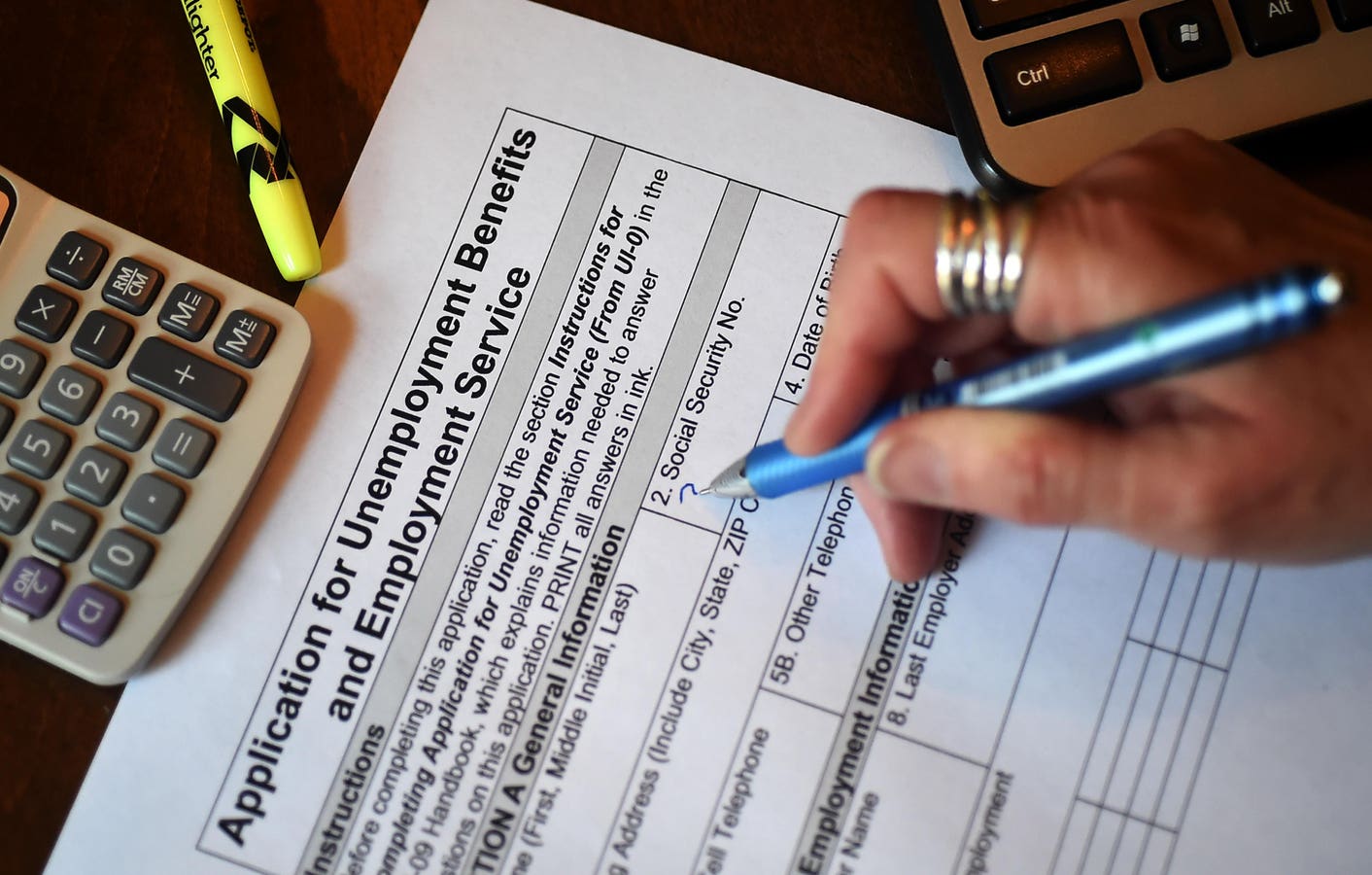The Employment Situation Report for June 2023 will be released on Friday July 7. May’s data showed that the U.S. economy continued to add over 300,000 jobs. This was a strong result which was welcomed by markets, especially when combined with positive revisions to monthly job growth for the months of March and April. However, unemployment rate did move up to 3.7% testing the higher end of the range for the unemployment rate that we’ve seen since March 2022.
The Sahm Rule
The increase in the unemployment rate may be statistical noise, but weekly data on unemployment claims has trending somewhat higher too. This may matter, because the Sahm rule for forecasting recessions signals that if the 3-month average of unemployment rises by 0.5% over its 12-month low, then we may be in a recession. This metric has a strong track record of forecasting recessions historically.
Therefore, if the rise in unemployment from May, of 0.3%, is sustained then there is a risk that the U.S. could be flirting with recession, despite apparently strong jobs growth. Still, it would likely take several months of negative jobs data to confirm that view. Recent spikes in monthly unemployment have all subsequently reversed.
The Fed’s Take
Notably, the U.S. Federal Reserve currently has confidence in the jobs market, and remains focused on bringing down core inflation with higher rates rather than worrying about unemployment. In fact, the Fed might prefer to see some cooling in wage growth, which may ease inflationary pressures for services prices. That may be starting to occur as recent surveys show wage growth trending down from peak levels. The Fed will set rates on July 26 and a hike in rates appears the more likely outcome. There is some expectation that higher rates may ultimately cause the job market to falter, but we haven’t seen that yet. For example, construction, which may be among the sectors most sensitive to higher rates, added jobs in May.
What To Look For
The jobs market has been stronger than many expected for many months. The Fed’s focus remains clearly on bringing down inflation, rather than unemployment concerns. However, increasing unemployment claims recently, paired with an increase in the headline unemployment rate for May, might signal that the unemployment picture is weakening, though this may just be noise.
July’s release of unemployment data for June will help confirm whether the U.S. jobs market remains robust, or if some potential cracks are starting to appear. Either way the Fed appears be contemplating hiking rates later in the month as inflation continues to be their focus rather than unemployment concerns.
Read the full article here











